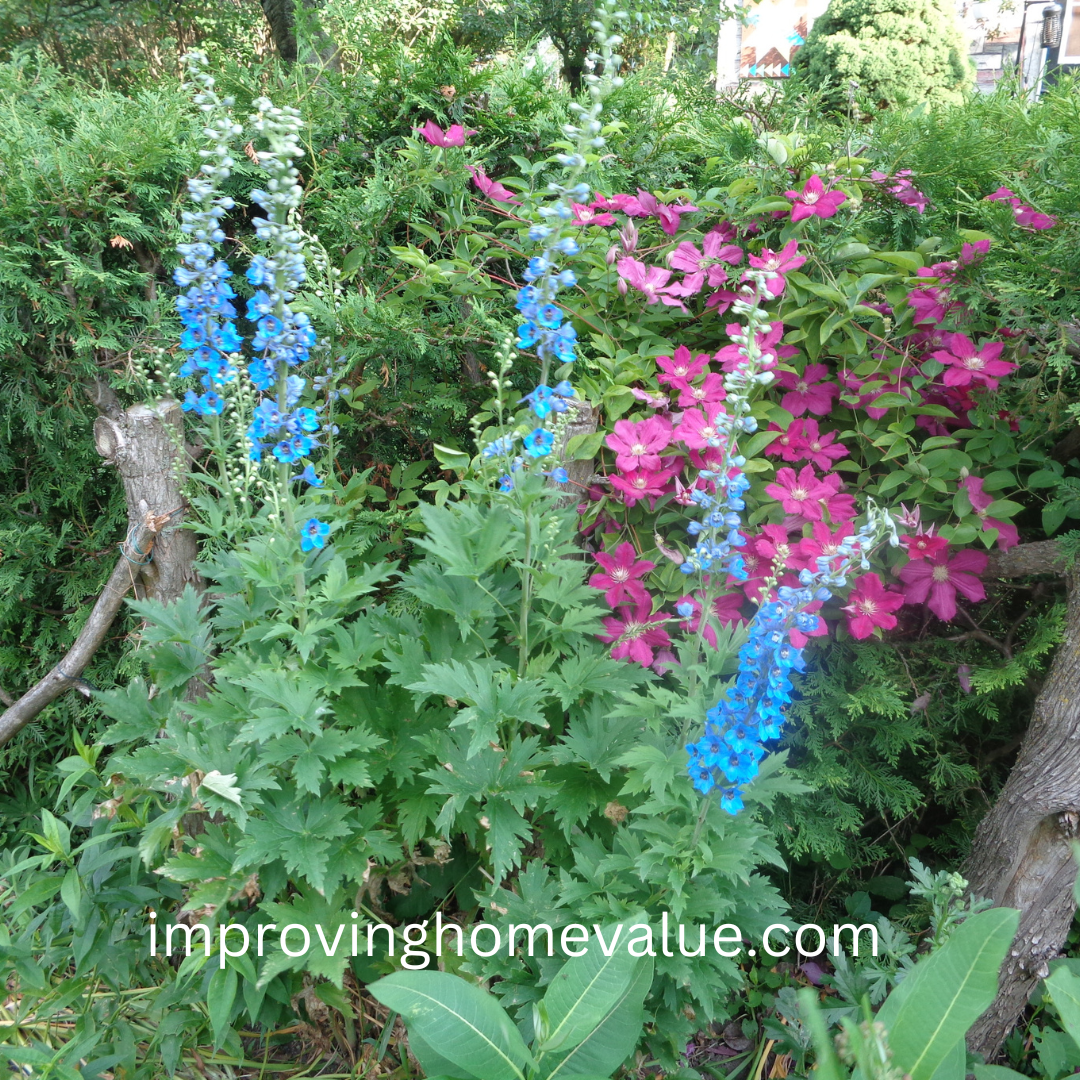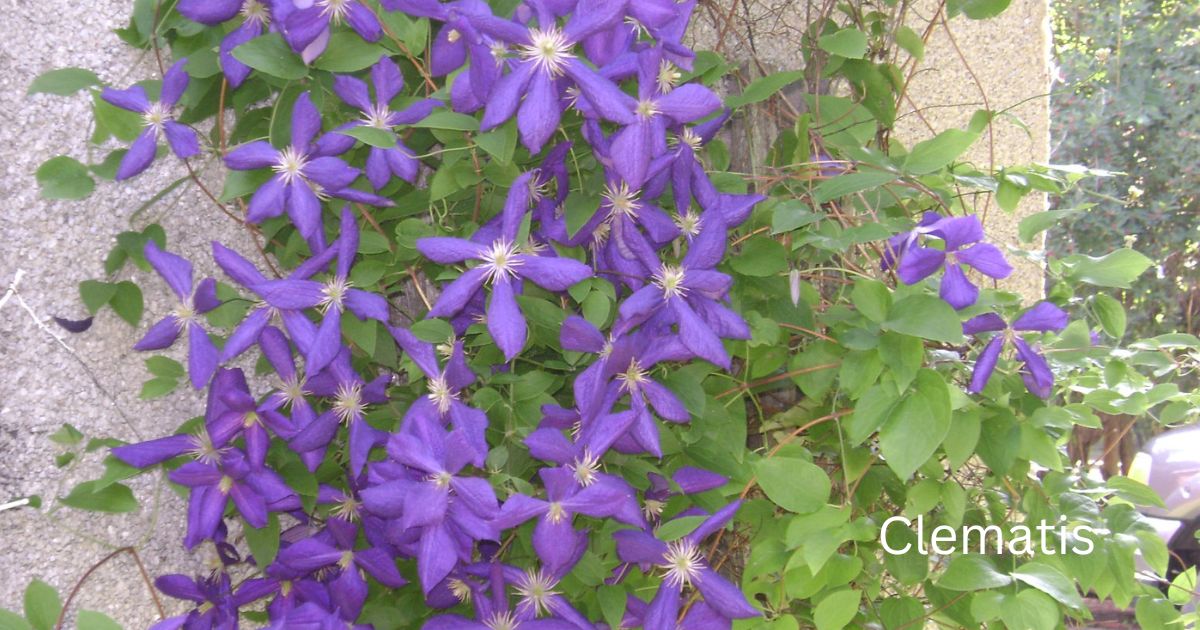Clematis, often known as the “Queen of Climbers,” bring a touch of elegance and diversity to any garden. With the right care and knowledge, these stunning plants can transform your outdoor space into a vibrant tapestry of colors and textures.
Choosing the right variety is key to growing clematis successfully. From the rich purples of ‘Jackmanii’ to the delicate whites of ‘Henryi’, the palette of clematis is vast. There are early-blooming, late-blooming, and long-blooming types. Pay attention to bloom times and pick varieties that match your aesthetic and timing needs.
Light, soil, and water are the foundation of a healthy clematis. These plants thrive in bright but indirect light. Aim for six hours of sunlight, preferably in the morning. Soil should be well-draining and rich in organic matter. Adding compost or aged manure works wonders. Watering is equally important, especially when the plant is establishing itself. Aim to keep the soil consistently moist but not waterlogged.
Overall, understanding these fundamentals is the cornerstone of happy, healthy clematis plants.
Planting and Maintenance Techniques
Timing matters when planting clematis. Spring is ideal as it gives the plant time to establish before summer heat. Dig a hole twice the size of the root ball. Place the plant in so the crown is 2-3 inches below soil level. This protects the plant and encourages strong growth.
Pruning can seem daunting but plays a crucial role. Clematis are grouped into three categories based on pruning needs. Group 1 (early bloomers) require light pruning after flowering. Group 2 (mid-season) need pruning in late winter or early spring. Group 3 (late blooming) benefit from hard pruning in early spring. Having a clean, sharp pruner is a must.
Watering and fertilizing go hand in hand for maintaining vigorous growth. Water deeply, especially during dry periods. Mulching helps retain moisture and keeps roots cool. Feed your clematis with a balanced fertilizer in early spring and again in mid-summer for optimal health.

Managing Common Challenges
Clematis are generally hardy, but like any plant, they can face pest and disease issues. Aphids, slugs, and snails are common culprits. For aphids, a blast of water or insecticidal soap should do the trick. Slugs and snails can be managed with organic slug pellets or a simple beer trap.
Fungal diseases like clematis wilt can be a headache. Wilt causes sudden drooping and blackening of leaves and stems. Pruning affected areas and ensuring good air circulation helps prevent this. For powdery mildew, remove affected leaves and apply a fungicide if needed.
Sometimes growth issues can arise. If your clematis isn’t flowering, check if it’s getting enough light and proper soil nutrients. Also, be mindful of over-pruning. The wrong timing can cut off next season’s blooms.
Seasonal care ensures your clematis thrives year after year. In autumn, add a layer of mulch to protect roots from winter cold. Keep an eye out for emerging shoots in spring, and support them with a trellis or structure to climb. Regularly checking for pests and diseases keeps your plant in tip-top shape.
Any of the varieties of Clematis will make a beautiful display of flowers for your home gardens, and look great against the side of a building with a trellis for support.
